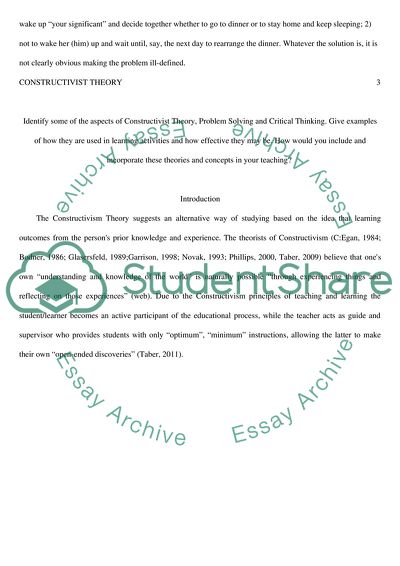Cite this document
(The Psychology of Problem Essay Example | Topics and Well Written Essays - 2250 words, n.d.)
The Psychology of Problem Essay Example | Topics and Well Written Essays - 2250 words. https://studentshare.org/psychology/1835361-classroom-exercise-and-essay
The Psychology of Problem Essay Example | Topics and Well Written Essays - 2250 words. https://studentshare.org/psychology/1835361-classroom-exercise-and-essay
(The Psychology of Problem Essay Example | Topics and Well Written Essays - 2250 Words)
The Psychology of Problem Essay Example | Topics and Well Written Essays - 2250 Words. https://studentshare.org/psychology/1835361-classroom-exercise-and-essay.
The Psychology of Problem Essay Example | Topics and Well Written Essays - 2250 Words. https://studentshare.org/psychology/1835361-classroom-exercise-and-essay.
“The Psychology of Problem Essay Example | Topics and Well Written Essays - 2250 Words”. https://studentshare.org/psychology/1835361-classroom-exercise-and-essay.


